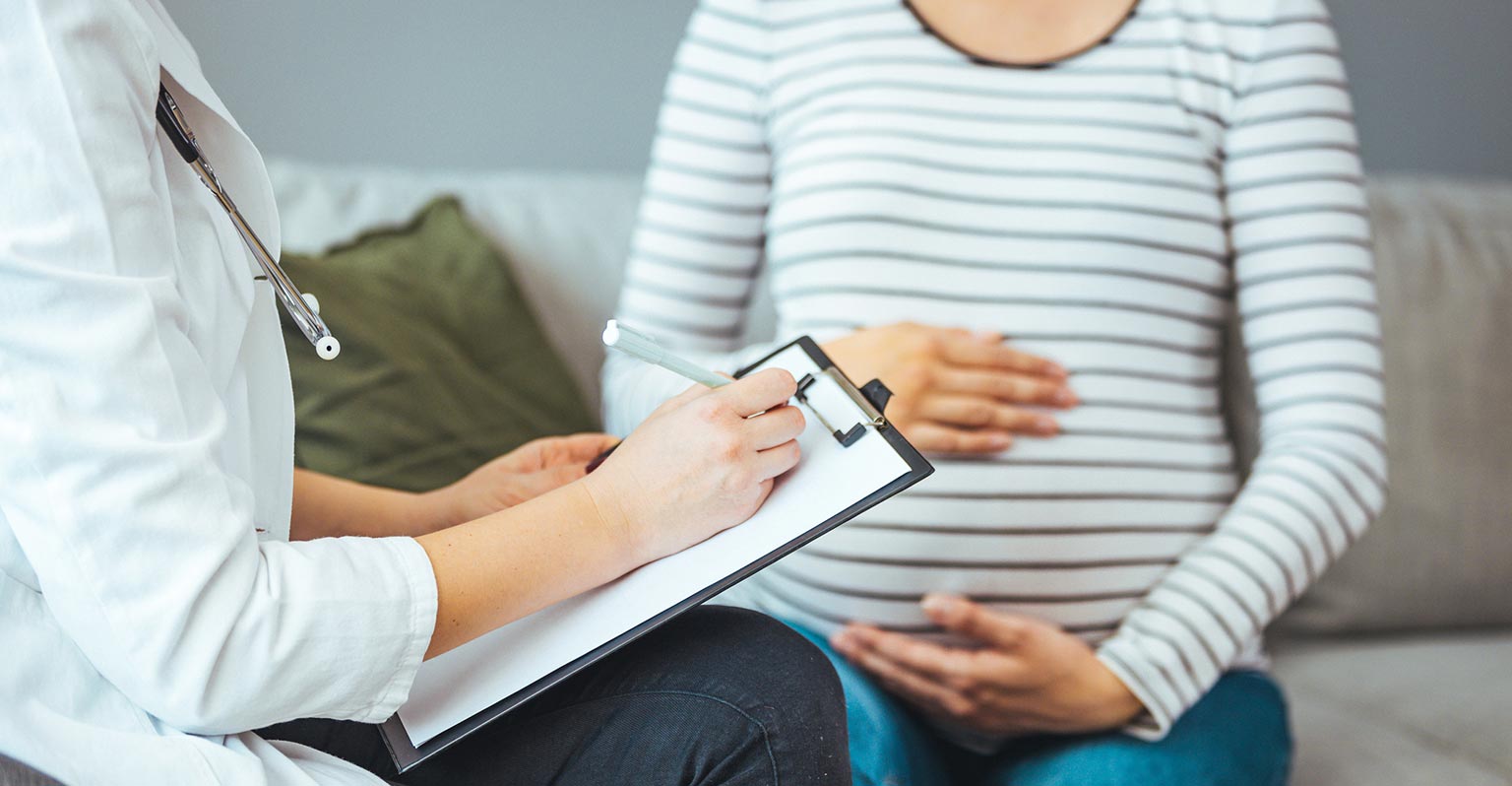Preeclampsia is a health condition that can occur during and immediately after pregnancy. It can cause dangerous complications for both you and your baby if it is not diagnosed and treated quickly. It’s important to understand the symptoms, risk factors, causes, and treatments.
What is preeclampsia?
Preeclampsia is a condition in pregnancy where high blood pressure can impact your organs (like your kidneys, liver and brain) and cause serious health problems. It impacts approximately 8% of deliveries worldwide and is a leading cause of preterm birth.
Preeclampsia can lead to several complications, including stroke, seizures and a condition known as HELLP Syndrome, in which the liver and blood cells are damaged. It can also impact your baby’s growth or also cause a condition called placental abruption, in which the placenta separates from the uterus, potentially affecting the baby’s nutrient and oxygen supply.
Preeclampsia can occur as early as 20 weeks of pregnancy, though some people won’t develop symptoms until closer to delivery. It can also present for the first time in the postpartum period, after your baby is delivered and can occur up to 6 weeks postpartum.
What are symptoms of preeclampsia?
While experiences can vary, some commons signs and symptoms may include:
- swelling of face, hands, or lower extremities
- headache that will not go away with Tylenol
- seeing spots, blurred vision or changes in eyesight
- pain in the upper right abdomen or shoulder
- nausea and vomiting (in the third trimester)
- sudden weight gain (due to swelling and/or water accumulation)
- difficulty breathing
If you are experiencing any of these symptoms or simply don’t feel like yourself, reach out to your healthcare provider. Remember, every person is different so it is important to be aware of your own body.
Who is at risk?
While it isn’t clear why some will develop it and others won’t, the American College of Obstetricians and Gynecologists lists these risk factors for developing preeclampsia:
- This is your first pregnancy
- Family history of high blood pressure
- Being pregnant with more than 1 baby
- You are younger than 20 years old or older than 40 years old
- You have a history of high blood pressure or kidney disease prior to becoming pregnant
- Pregnancy that occurs more than 10 years after a previous pregnancy
- Body mass index of 30 or more, meaning a person is obese
- Having diabetes, kidney disease, an autoimmune disease or chronic high BP
- Being age 35 or older
- A family history of preeclampsia
How is preeclampsia diagnosed?
Your healthcare provider will check your blood pressure, order blood tests, and a urine analysis; and may recommend an ultrasound to monitor your baby’s health.
How is preeclampsia treated?
Delivery is part of the cure for preeclampsia. If you are diagnosed with preeclampsia, you and your healthcare provider will create a plan to manage the condition until it is safe to deliver the baby. You may be prescribed blood pressure medication, or steroid injections to help fetal lungs develop faster. Your healthcare provider may also recommend regular monitoring of blood pressure and more frequent sonograms.
If you have preeclampsia, you should have your blood pressure evaluated 7-10 days postpartum, however, if you have severe preeclampsia, your blood pressure should be checked within 3-5 days of delivery.
Can I prevent preeclampsia?
While there’s no way to prevent preeclampsia, it’s important to follow your healthcare provider’s recommendations to address your risk factors. For example, if you are at risk, they may suggest taking a daily low-dose aspirin starting at 12 weeks gestation. Always speak to your doctor before starting a medication. If you’ve already had preeclampsia and plan to get pregnant again, be sure to talk to your healthcare provider about ways to reduce your risk.
Please note this content is for informational purposes and is not intended as a substitute for medical advice. Please consult with your healthcare provider about your specific journey.
